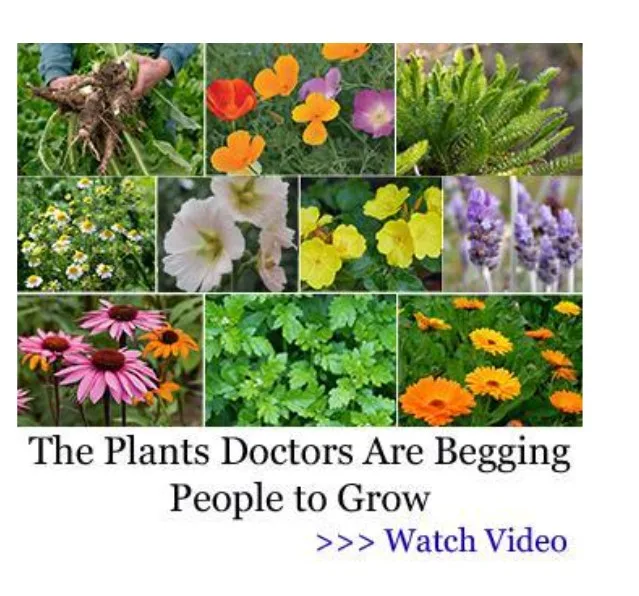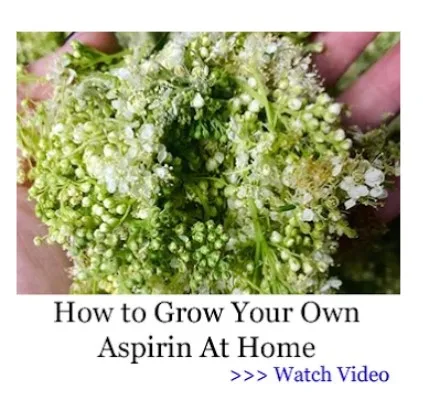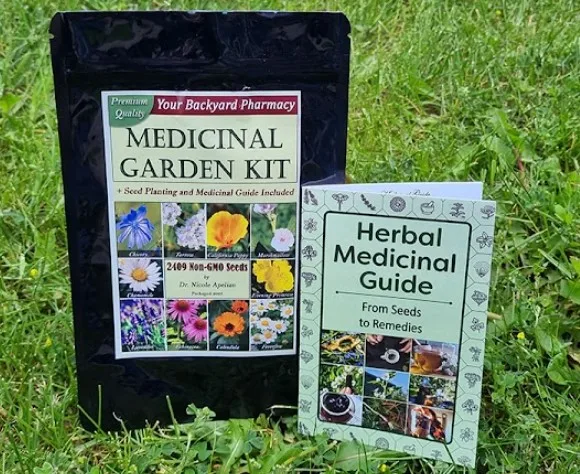Step-by-Step Guide to Creating and Maintaining a Medicinal Garden
Medicinal gardens have been treasured throughout history for their ability to provide natural remedies for various ailments. This comprehensive guide will walk you through the step-by-step process of creating your own medicinal garden. From selecting the right plants to preparing the soil, maintaining the garden, and harvesting and storing medicinal herbs, we have covered all the essential aspects. Discover the fascinating world of medicinal plants and learn how to harness their therapeutic properties for a healthier lifestyle.

Selecting the Right Plants:
When choosing plants for your medicinal garden, it’s essential to consider the climate, available space, and personal preferences. Here are a few popular plants to get you started:
- Aloe Vera: Renowned for its healing properties, Aloe Vera can be used topically to soothe burns, cuts, and skin irritations.
- Chamomile: Known for its calming effects, chamomile can be used to alleviate stress, promote sleep, and relieve digestive issues.
- Echinacea: This versatile herb boosts the immune system and can be used to prevent and treat respiratory infections and colds.
- Lavender: With its relaxing aroma, lavender helps reduce anxiety, improves sleep, and can be used topically to soothe bug bites and minor burns.
Preparing the Soil:
Before planting, it’s crucial to provide an ideal growing environment for your medicinal plants:
- Location: Choose a spot that receives ample sunlight for at least six hours a day.
- Soil Preparation: Loosen the soil and remove any weeds or rocks. If necessary, amend the soil with compost or organic matter to improve drainage and nutrient content.
- pH Levels: Determine the preferred pH levels for the plants you’ve chosen and adjust the soil accordingly.

Maintaining the Garden:
To ensure the health and vitality of your medicinal garden, follow these maintenance tips:
- Watering: Provide adequate water for the specific needs of each plant. Avoid overwatering, as it can lead to root rot.
- Fertilizing: Apply organic fertilizers tailored to each plant’s requirements to enhance growth and produce more potent medicinal compounds.
- Pest Control: Utilize organic pest control methods such as companion planting and natural sprays to deter common garden pests.
Harvesting and Storing Medicinal Herbs:
Knowing when and how to harvest medicinal herbs is vital to retain their maximum potency:
- Timing: Harvest herbs during their peak growth stage, typically when flowers begin to bloom but before seed formation.
- Harvesting Techniques: Cut herbs early in the day after the dew has dried, using sharp, clean tools.
- Drying and Storage: Dry herbs in a dark, well-ventilated area and store them in airtight containers away from sunlight to maintain their medicinal properties.
Impact on their health and well-being

Sarah, a middle-aged woman who had struggled for years with chronic migraines, found comfort in her medicinal garden. Unable to find complete relief with traditional medications, she embarked on a journey to discover alternative remedies. Sarah grew a variety of plants known for their analgesic and anti-inflammatory properties, such as feverfew, lavender, willow bark and chamomile. She skillfully blended these plants into teas, oils, and tinctures, each aimed at relieving specific symptoms. Over time, Sarah’s migraines decreased in frequency and intensity.
Many individuals have successfully created and utilized medicinal gardens. They’ve grown plants and their experiences have generally a positive impact on their health and well-being.
Challenges and Considerations:
Maintaining a medicinal garden can pose some challenges, but with the right approach, they can be overcome:
- Climate: Research the specific climate requirements for your chosen plants and select those suitable for your region.
- Invasive Plants: Be cautious with potentially invasive species and consider growing them in containers to prevent them from spreading.
- Expert Advice: Seek guidance from experienced gardeners or join local gardening communities to navigate any challenges you may face.
Creating a medicinal garden is a rewarding and therapeutic endeavor. By following the step-by-step process outlined in this comprehensive guide, you can harness the therapeutic properties of medicinal plants and enjoy the myriad of benefits they offer. Whether you seek natural remedies or simply want to connect with nature, a medicinal garden can be a transformative addition to your life. Embrace the healing power of nature and watch your medicinal garden flourish.

